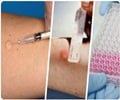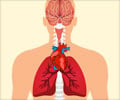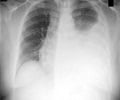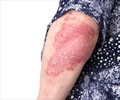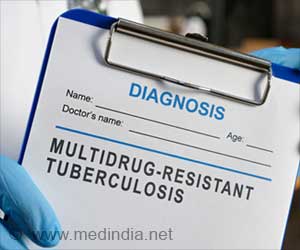A new automated DNA test for tuberculosis that can increase TB detection rate compared to other tests.

Nearly a fifth of the patients had culture-positive TB and Xpert MTB/RIF identified three-quarters of these patients. Furthermore, the new test had a low false-positive rate and was able to detect all cases of smear-positive, culture-positive TB but only 43.4% of smear-negative, culture-positive cases from a single sputum sample. The new test also correctly identified rifampicin resistance, a marker for multidrug resistant TB, in all four patients who had this form of TB, but incorrectly identified resistance in three patients with drug-sensitive TB.
The authors say: "In this population of individuals at high risk of TB, intensive screening using the Xpert MTB/RIF assay increased case detection by 45% compared with smear microscopy, strongly supporting replacement of microscopy for this indication. " They continue: "However, despite the ability of the assay to rapidly detect rifampicin-resistant disease, the specificity for drug resistant TB was sub-optimal."
In a smaller study led by Lesley Scott from the University of the Witwatersrand in Johannesburg, South Africa, the authors compared the performance of Xpert MTB/RIF on a single sputum sample with that of smear microscopy, liquid culture and two other nucleic acid amplification tests (MTBDRplus and LightCycler MTB) in 311 adults suspected to have TB in Johannesburg, South Africa, a region where many adults are HIV-positive. Although these findings are likely to be affected by the study's small size, the results suggest that Xpert MTB/RIF may provide a more accurate rapid diagnosis of TB than smear microscopy and other currently available tests in regions where HIV and TB are endemic.
The authors conclude: "The Xpert MTB/RIF test has superior performance for rapid diagnosis of Mycobacterium tuberculosis over existing … smear microscopy and other molecular methodologies in an HIV- and TB-endemic region. Its place in the clinical diagnostic algorithm in national health programs needs exploration."
In an Essay in the same issue, David Dowdy from the University of California in San Francisco, and colleagues discuss the challenges of economic analysis of diagnostic tests for tuberculosis, and argue that standard cost-effectiveness analyses may give misleading results when blindly applied to the scale-up of TB diagnostics.
Advertisement
Furthermore, a Perspective by Carlton Evans from the Universidad Peruana Cayetano Heredia in Lima, Peru (not involved in any of the research studies here) stresses that although the new MTB/RIF-test has the capacity to be a "game-changer" in TB diagnosis, the new research in this week's PLoS Medicine raises important points of concern as the field progresses to implementation of this innovative technology. He emphasizes the shameful context that almost 2 million people die each year from TB, and very few of them would have been saved by any diagnostic test.
Advertisement
Source-Eurekalert


